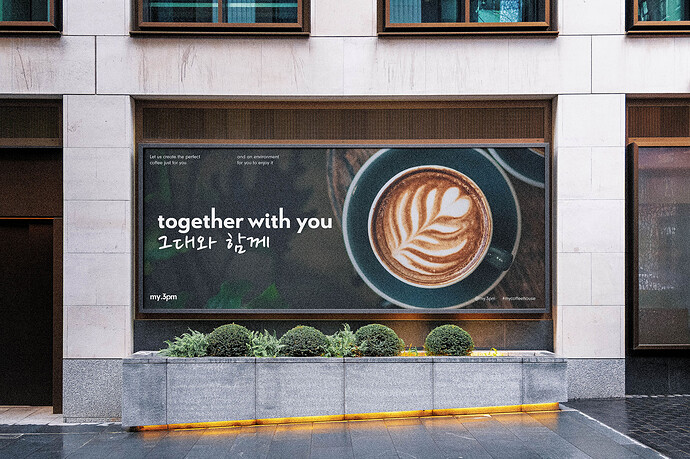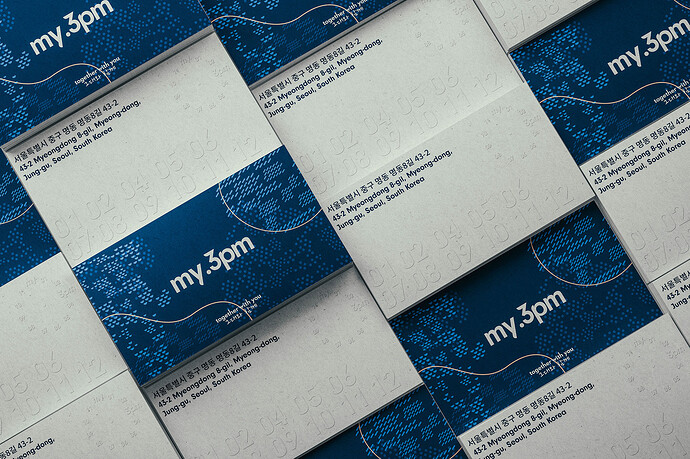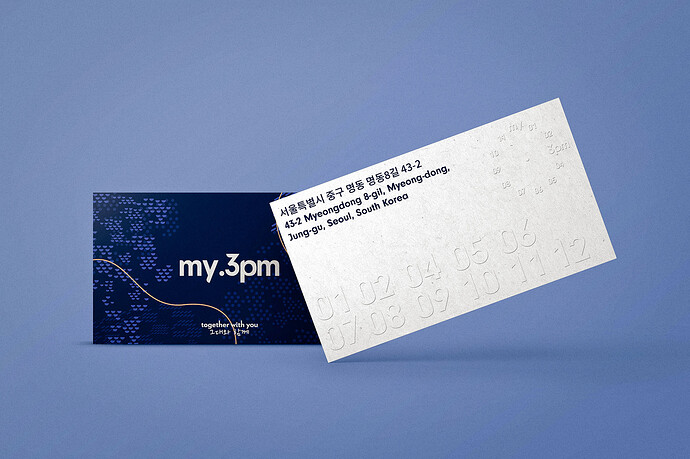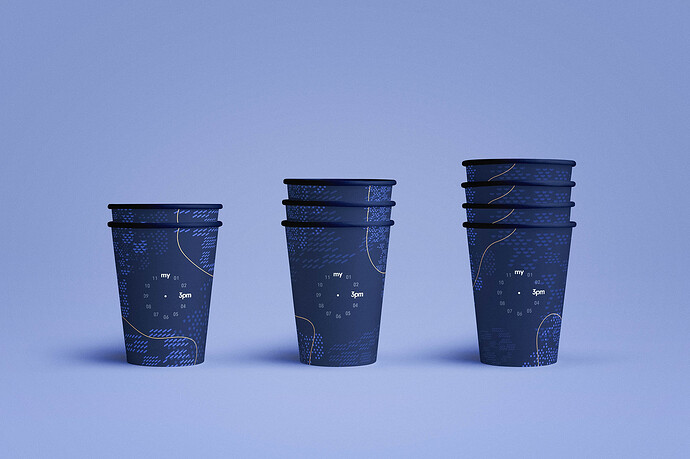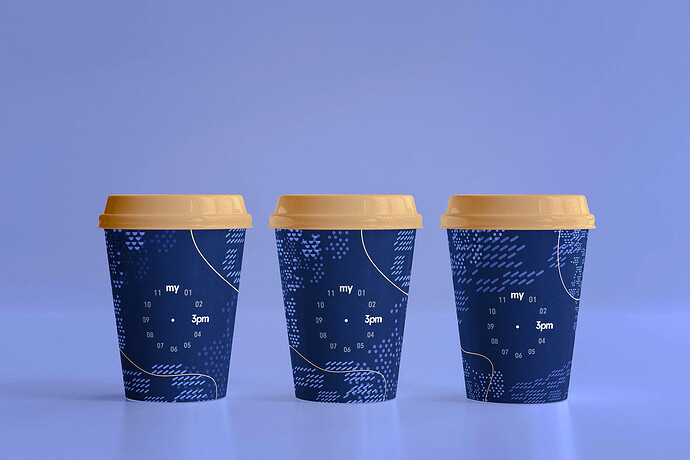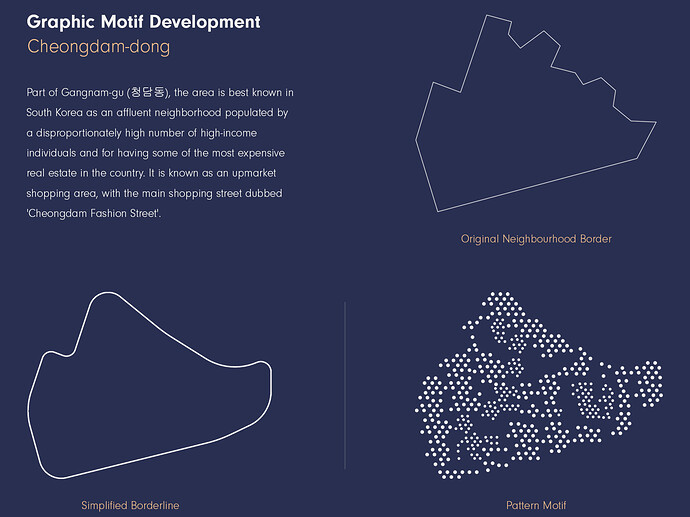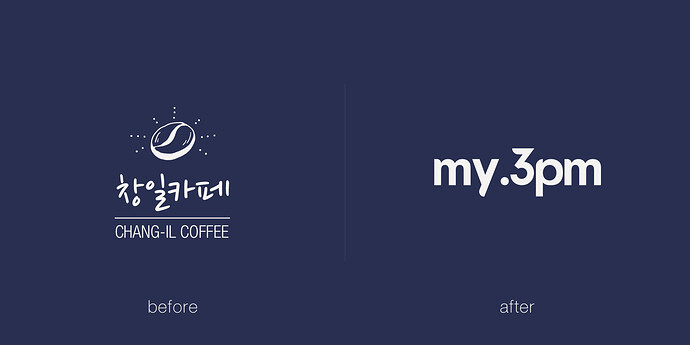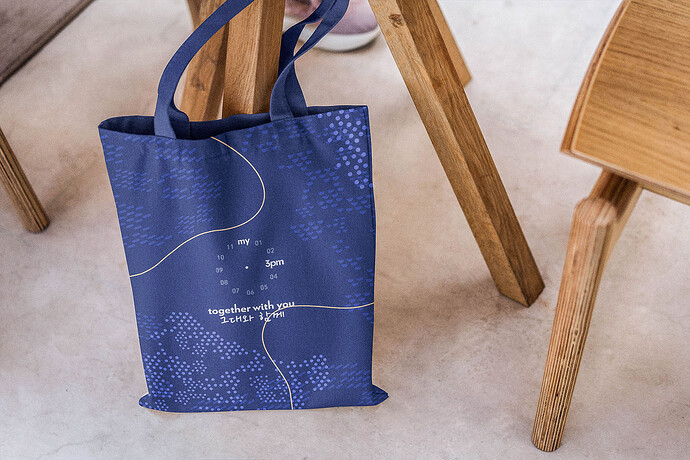Hey everyone!
I hope things are going fine for you (I know that many countries are going back to normal but still, stay safe!)
Recently, I’ve had the opportunity to work with a client (a 15-years old business) from Korea. Formerly called Chang-il Coffee, after opening their third branch (in 2018), the business owner decided to rebrand themselves before moving forward with their next step.
This rebranding aims to redefine the brand’s visions, values, and to attract new customers ultimately. The brand switched from being its old strategy of delivering good coffee and competing through lowering prices to creating and providing customers with coffee drinking experiences, the focal of their tactics to differentiate themselves from competitors (I later learned that the coffeehouse business in Korea is one of the most competitive industries in the country and that some businesses put in billions just to increase 1% of their market share)
After researching and meetings, we decided to shift the focus onto three keywords: personalized, companion, and experiences. Based on these three keywords, we came up with the brand design principles which can be summed into: abstract, relatable, and modular. These principles further developed into modular graphic motif systems and various graphic systems, which all then come together into the final identity. You can see the final results below.
Since the explanation is a bit long, please consider reading the full details from the project’s Behance page: https://www.behance.net/gallery/122686445/my3pm-Brand-eXperience
For this project, I would love to hear your feedback on whether the identity suits the business’s aims, and if you are interested in the brand itself after learning about the identity’s development. Also, if possible, I would love to hear about your experience in working with clients whose language you are not proficient in (I couldn’t speak Korean well though I can read it to some extent, so it was nerve-wracking during the project. Have you ever experienced the same situation and if yes, how did you cope with it?)
